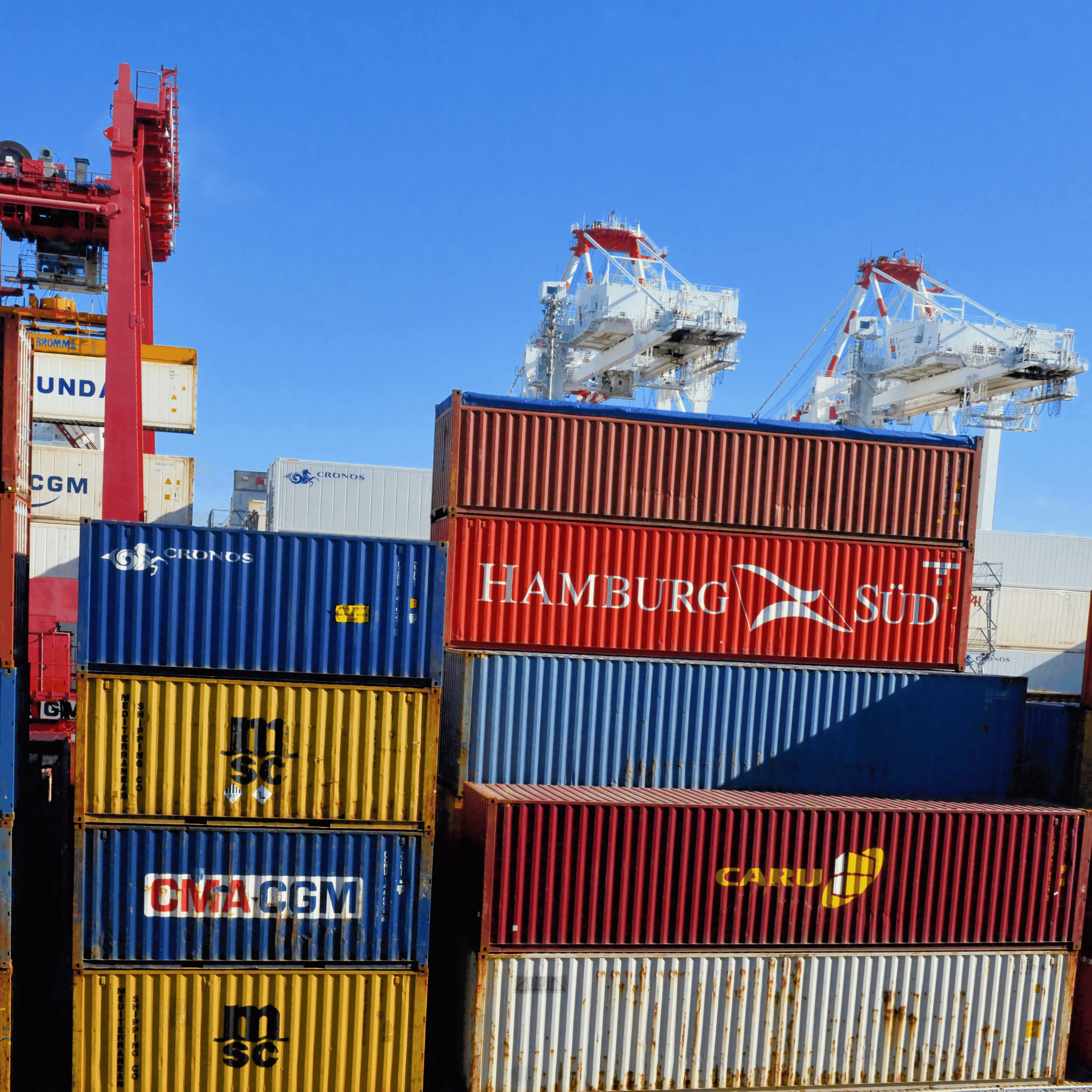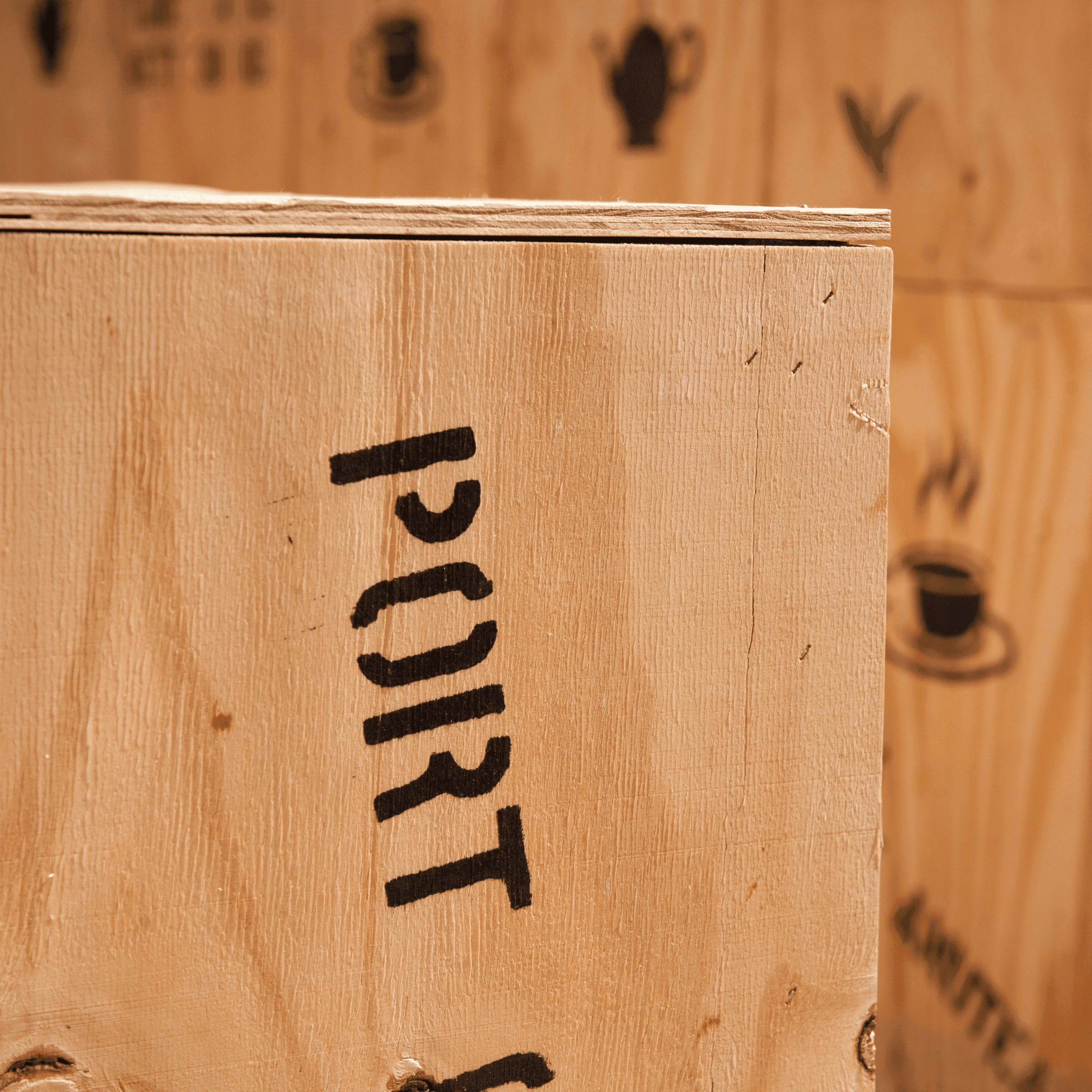International shipping can be a maze of documentation, carrier handoffs, duty calculations, and strict regulatory timelines. A strong 3PL (third-party logistics provider) simplifies that complexity into a predictable, auditable flow—from factory handoff to your customer’s door—while protecting margins and speed.

What a 3PL Actually Handles End-to-End
Planning & compliance
- Classifies SKUs with correct HTS codes, country of origin, and product attributes (materials, battery/hazmat flags).
- Aligns on Incoterms (e.g., DDP, DAP, FOB) and creates vendor routing/packaging standards.
- Prepares documents and data: commercial invoice, packing list, COO, test certificates, MSDS where needed.
- Sets up importer of record (IOR) and coordinates customs brokerage.
Transportation orchestration
- Books ocean/air freight, manages consolidations, and coordinates drayage and transload.
- Files pre-arrival and security filings (e.g., ISF for U.S. ocean imports) through the appointed broker/forwarder.
- Monitors vessel/flight milestones, port holds, and appointment windows to avoid demurrage/detention.
Customs clearance & duty optimization
- Submits entry data, pays duties/taxes (if applicable under your Incoterms), and clears cargo.
- Applies duty-savings programs: bonded warehousing, FTZ strategies, de minimis (Section 321), tariff engineering, and free-trade agreements where eligible.
Post-clearance distribution
- Arranges final-mile or middle-mile to 3PL facilities for deconsolidation, receiving, QC, relabeling, and putaway.
- Executes retail compliance (UCC-128/GS1 labels, EDI 850/856/810), marketplace prep (Amazon FBA/FBM/SFP), and DTC fulfillment.
- Provides real-time visibility through the WMS and integrates with Shopify, Amazon, and major ERPs.
Pre-Shipment Planning That Prevents Delays
1) Clean SKU data is non-negotiable
Maintain a master data set for each SKU with: HTS, COO, unit value/currency, composition, battery/hazmat flags, lot/expiry, dimensions, and weights. Your 3PL uses this to generate compliant invoices, book freight correctly, and avoid misclassification penalties.
2) Choose Incoterms strategically
- DDP: Maximum simplicity for buyers; the seller (or seller’s 3PL) handles duties/taxes.
- DAP: Duties/taxes paid by the consignee upon arrival; common when sellers don’t have IOR in the destination country.
- FOB/CIF/CIP: Define handoff points and who bears risk/cost in transit.
Your 3PL will model landed-cost scenarios against service levels so finance isn’t surprised later.
3) Packaging, palletization, and vendor routing
Correct case packs, pallet heights, corner boards, slip sheets, and barcode standards reduce damage and speed customs exams. A 3PL provides a vendor manual and audits compliance at origin or upon receipt.

Documentation and Data Flows That Speed Customs
A 3PL standardizes and validates:
- Commercial invoice & packing list aligned to HTS and Incoterms.
- Transport documents (B/L or AWB), verified for legal entity names and consignee/notify party accuracy.
- Certificates & licenses (e.g., COO, FDA/FCC/CPSC for certain products).
- Digital messages (e.g., EDI, API) to brokers/forwarders for pre-clearance.
Pro tip: have your 3PL/broker pre-classify all SKUs and keep an audit trail of rulings to defend your tariff positions.
Freight Booking, Drayage, and the Port Playbook
Mode & consolidation
Your 3PL balances transit time vs. cost: air for launch-critical SKUs, ocean for base inventory, and LCL/FCL choices based on forecasted turns. Where possible, they consolidate to reduce per-unit freight and brokerage fees.
Milestone control
Live tracking of vessel ETA, last free day, holds, and terminal queues lets your 3PL pre-book drayage and appointments, preventing demurrage/detention charges.
Transload vs. intact dray
- Transload near port → faster speed to parcel networks or regional DCs.
- Intact dray to your 3PL → minimal touches, best for FCL going straight to storage or B2B allocation.
Customs Clearance Without Surprises
Importer of Record (IOR) & bonds
Your 3PL confirms the IOR, obtains necessary bonds, and ensures your legal entity and tax IDs are correct at entry.
Entry filing & exams
The broker (coordinated by your 3PL) files entries with accurate valuation (including assists), classification, and origin. If there’s an exam (VACIS, CET, intensive), your 3PL manages appointment, drayage, and re-release.
Valuation & accuracy
The biggest delays come from inconsistencies (invoice values not matching packing lists, missing assists, wrong COO). A 3PL’s document validation and exception management reduces rejections.

Duty Deferral and Cost-Saving Levers
Bonded warehousing & in-bond moves
Store imported goods in a bonded facility to defer duties until items are released for domestic consumption—or re-export without ever paying duties. In-bond moves (IT/T&E/IE) shift clearance or export to a more efficient port or facility.
Free-trade agreements (FTAs)
Where eligible, your 3PL collects supplier declarations and maintains origin documentation to apply preferential rates.
De minimis (e.g., Section 321 for the U.S.)
For low-value parcels, a 3PL can route compliant shipments to reduce duties and accelerate delivery, when appropriate for your product/classification.
Drawback
If you re-export or destroy inventory, the 3PL can coordinate drawback claims to recover duties previously paid.
Inside The 3PL: Receiving to Ship-Ready Inventory
Inbound receiving
- Appointment scheduling, unload, and count verification
- ASN matching and damage reporting with photos
- Lot/expiry capture (FEFO for food/cosmetics), serial capture for electronics
Compliance services
- Relabeling for HTS/COO/UPC, UCC-128 carton labels, inner/outer corrugate requirements
- FBA prep (polybagging, bubble, over-label, cartonization), SFP/FBM for Amazon
- Kitting, light assembly, and retail case-pack conversions
WMS & integrations
- Native connections with Shopify, Amazon, and EDI for big-box
- Real-time inventory, custom statuses (bonded vs. non-bonded), and cycle counting
- KPI dashboards for dock-to-stock time, order SLA, and perfect-order rate

Risk Management & Compliance Controls
- Screening: Denied/restricted party checks where applicable.
- Product compliance: Batteries, cosmetics, apparel labeling, children’s products (CPSIA), food contact/FDA.
- Insurance: Cargo and warehouse legal liability with documented claims workflows.
- Security: Chain-of-custody, CCTV, and audit logs; CTPAT-aligned practices where relevant.
- SOPs & audits: Version-controlled SOPs, corrective actions, and quarterly process reviews.
KPIs Your 3PL Should Report
- On-time customs clearance rate
- Average days to clear by lane/mode
- Demurrage/detention days and costs avoided
- Dock-to-stock time
- Order-cycle time (by channel)
- Perfect-order rate (complete, on time, damage-free, correct docs)
- Landed cost per unit by lane (with variance vs. plan)
Common Pitfalls (And How a 3PL Prevents Them)
- HTS misclassification → Pre-classification with documented rulings and periodic reviews.
- Missing/incorrect invoices → Document templates and validation at origin.
- Demurrage/detention → Proactive appointment booking, exception flags, and alternate terminals/carriers when possible.
- Retail chargebacks → EDI testing, compliant carton and pallet labeling, and pre-ASN data checks.
- Over-paying duties → Bonded storage, FTA qualification, de minimis routing, and drawback programs.
Quick Importer Checklist
- Finalized Incoterms with suppliers
- Complete SKU master data (HTS/COO/values)
- Broker/3PL alignment on IOR and bonds
- Clean commercial invoice/packing list templates
- Pre-booked drayage and delivery appointments
- WMS integrations live before cargo arrival
- SOPs for QC, relabeling, and recalls/returns

FAQs
What’s the difference between a forwarder, a broker, and a 3PL?
A forwarder moves freight; a broker files customs entries; a 3PL orchestrates the whole chain—planning, forwarder/broker coordination, clearance, warehousing, compliance services, and final fulfillment.
Can a 3PL act as Importer of Record?
Sometimes, but most brands retain IOR to control compliance and tax positions. Your 3PL will align on the best structure and connect you with the proper partners if IOR services are required.
How do 3PLs lower landed cost?
By consolidating freight, preventing fees (demurrage/detention), optimizing packaging, leveraging bonded storage/FTAs/de minimis, and reducing chargebacks with retail-compliant processes.
When should I use bonded warehousing?
When cash-flow is a priority, when you plan to re-export, or when you need to separate inventory while resolving classification/origin or compliance issues.
Next Steps
If you’re scaling cross-border ecommerce or entering new retail channels, a 3PL should give you a single, accountable path from purchase order to proof of delivery—with clean data, predictable costs, and audit-ready compliance.
Snapl supports international brands with bonded storage, retail compliance, and omnichannel fulfillment. Tell us about your lanes and product mix, and we’ll map the fastest, most compliant route from port to customer.

Streamline your global supply chain with Snapl.
Contact Us





